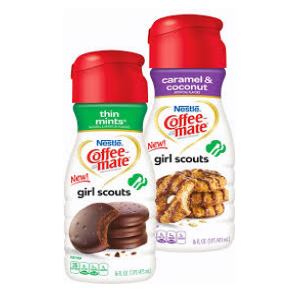I absolutely love Disney. There's fun rides, amazing food, and magical surprises. What isn't to love? Well, along with a large theme park comes long wait times. I'm not talking about half an hour, I'm talking about how I waited over an hour to ride a ride that was
maybe a minute long. Some would say I'm absolutely crazy to be doing such a thing! An hour?! For one ride?! Well, I'm not as crazy as some people who wait over 250 minutes to go on Disney's latest ride opening.
Although Disney is notorious for crowds and wait times, they are also one of the kings of queue lines. The queue is the line you wait in before boarding a ride. Often times at lower budgeted theme parks the queues are just chains that zigzag you all around before getting to the actual ride.
Disney has figured out that if people feel like they've waited less time than they really have, they will be more satisfied. This plays in to one of the newest buyer behavior terms I've learned called queuing theory. Queuing theory is the mathematical study of waiting lines and the how that effects the perception of how what you were waiting for was. I'm applying that to Disney's wait lines today.
Now to show you what I mean by Disney being the king of queues, here are some great examples. Peter Pan's Flight is considered a classic Disney World ride. It may be one of the shortest rides in the park, but people love it. Recently, Disney redid the queue line for this ride and it's much more immersive than the previous queue. Here's a video showing you the new interactive and immersive queue line and the ride itself:
https://www.youtube.com/watch?v=1K-o8MfkiAQ .

In this chart you can see that the average wait time, even on the slowest of days at the Magic Kingdom, is just under 50 minutes! So, what keeps people waiting in these lines?! The beautiful queues. As you hopefully saw in the video, the interactivity and diverseness of this queue in particular applies to children and adults. If it weren't for these added bits and pieces of magic, no one in there right mind would wait for this ride longer than 20 minutes. Here's a list of attractions with the longest wait times at Walt Disney World:
http://knowdw.com/lines-guide/longest-lines-disney-world/.
I also saw in a vlog (video blog) that I was watching recently that Disney had to go to some more extreme measures to please guests. A few weeks ago, a new ride in Epcot opened. It is called Frozen Ever After and is based off of the hit movie Frozen. The first day it opened it was only opened to those who had made a Fast Pass reservation for it. Fast Pass is basically a way you can avoid having to wait in line. Well, Disney made too many Fast Pass reservations and the lines got so backed up that the wait line was outside of the entrance to the ride. To combat this feeling of wait, Disney decided to offer everyone a free candy bar. Who doesn't love candy?! This calmed guests as they looked through that immersive queue as well.
To sum this all up, Disney is the kind of queues. This is due to the fact that they know if a queue is more interactive, it will feel like they didn't wait as long as they had. If people feel like they waited less time than they did, then they will have a better perception of the ride they just rode.












